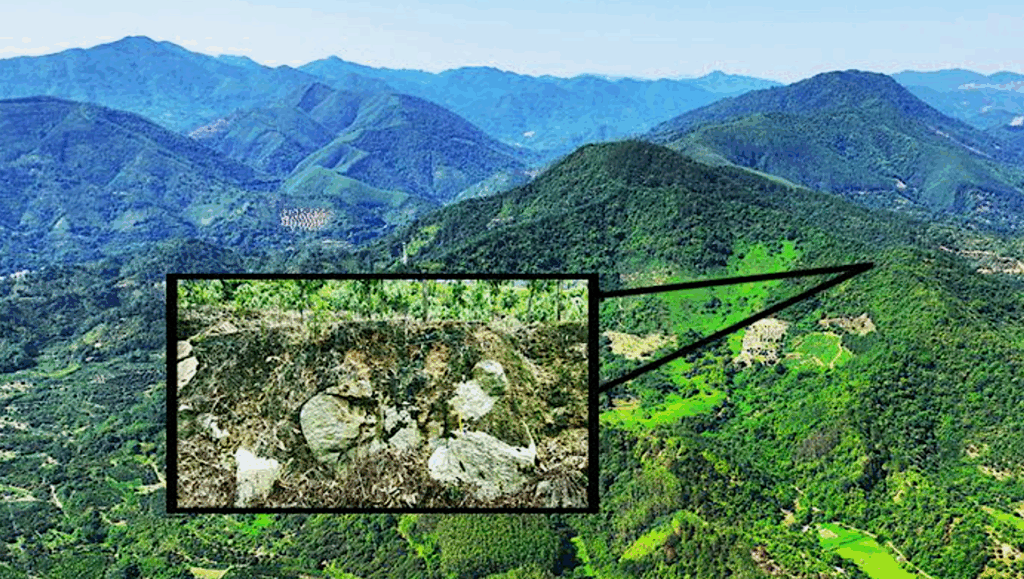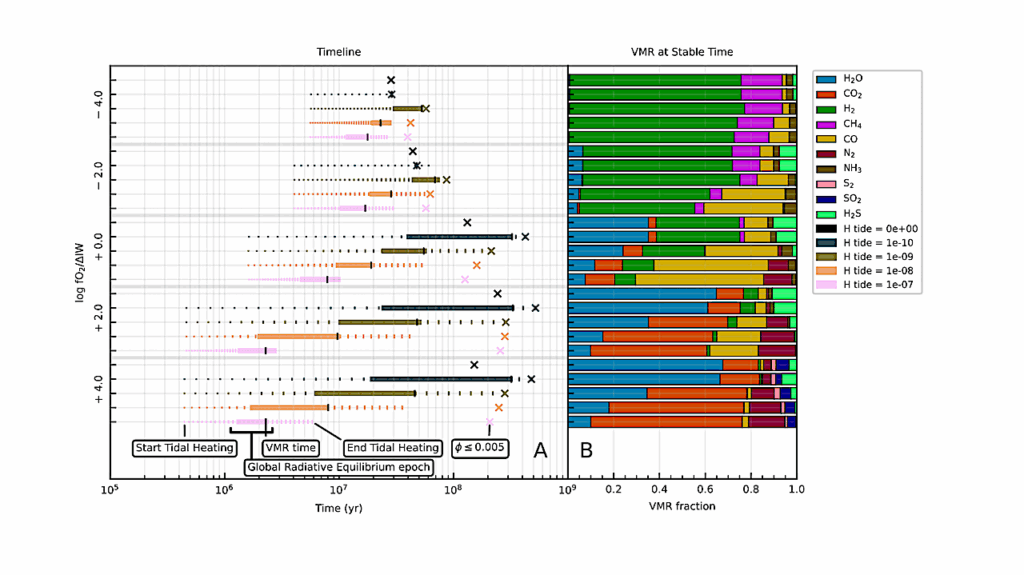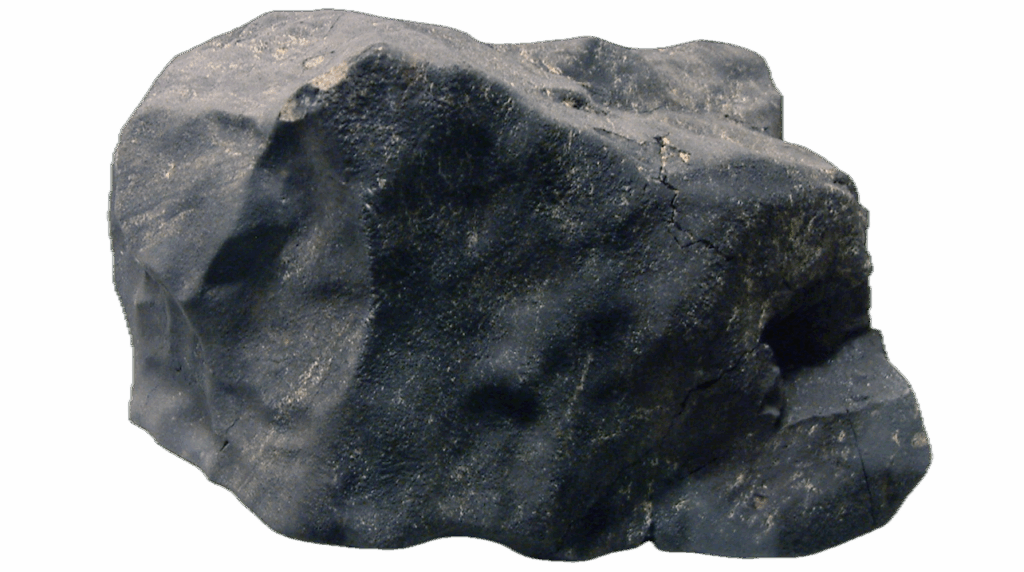Meteorite Impact Craters May Have Hosted Early Life on Earth

A new study from Western University explores the possibility that Earth’s earliest life forms may have been cultivated by a meteorite impact event.
The research team from Western’s Faculty of Science and the Centre for Planetary Science and Exploration (CPSX), which included post-doctoral fellow Haley Sapers and professors Gordon Osinski and Neil Banerjee, investigated rocks from Nördlinger Ries, a 24-kilometer-wide depression located in Bavaria, Germany, and discovered what is purportedly the first-ever microbial trace fossils from within an impact crater. Trace fossils, also called ichnofossils, are geological records of biological activity.
The energy required to create an impact crater like Ries is estimated to equal the power generated by 1.8 million atomic bombs and, as a result, a meteorite possessed the necessary strength to melt many cubic kilometres of rock covering the Earth at this location about 14.6 million years ago. Once melting occurs, rock cools quickly forming impact glass, or impactite, which contains various microscopic structures and crystals.
In studying the Ries rocks, the Western researchers found unusual tubular features – approximately one-millionth to three-millionths of a meter in diameter – believed to be the first putative microbial trace fossils hosted in meteorite impact glass.
The findings were published this week by Geology in a paper titled, “Enigmatic tubular features in impact glass.”
“The simplest and most consistent explanation of the data is that biological activity played a role in the formation of the tubular textures in the Ries glasses, likely during post-impact hydrothermal activity,” says Sapers, a 2010 Vanier Scholar and first author on the paper.
“As impact glass is ever-present on rocky bodies throughout the Solar System and likely common on the early Earth, the preservation of biological activity in impact glass has significant astrobiological implications for life on early Earth, as well as for the search for life on other planets,” says Osinski, who serves as CPSX Associate Director.
The Western researchers conducted optical and scanning electron microscopy, energy dispersive X-ray spectroscopy, and Fourier transform infrared spectroscopy on the Ries rocks to confirm the findings.
MEDIA CONTACT: Jeff Renaud, Senior Media Relations Officer, 519-661-2111, ext. 85165, [email protected], @jeffrenaud99







